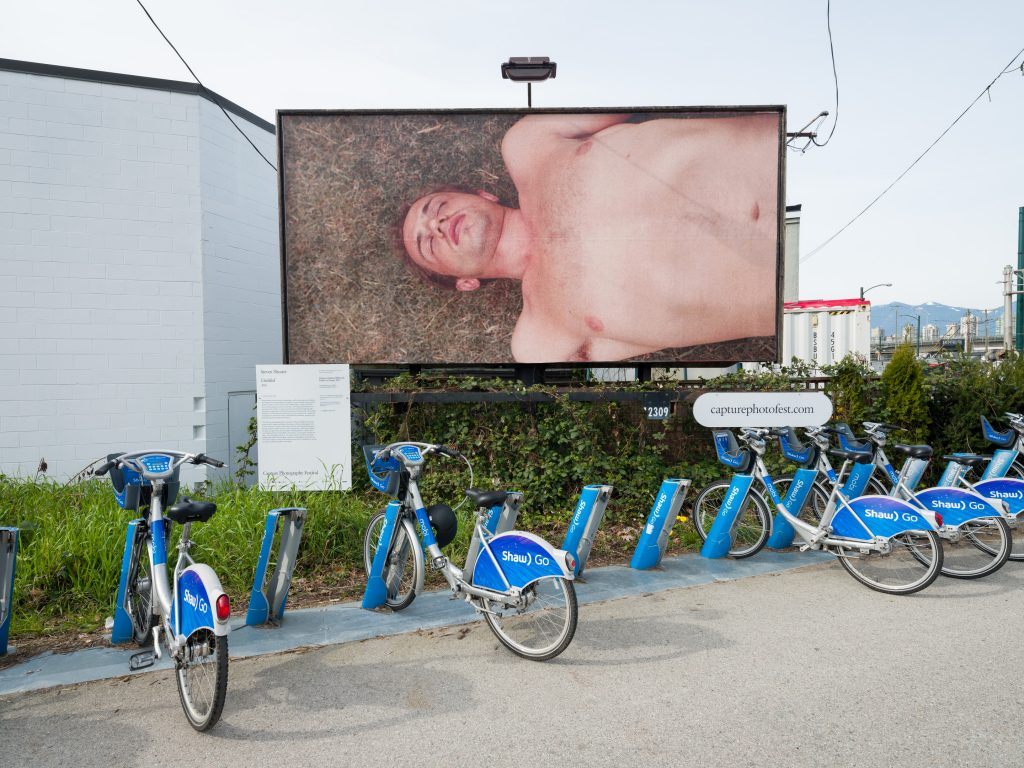Art World
Canadians Found Steven Shearer’s Billboards of People Sleeping So Creepy That a Vancouver Photo Festival Had to Cover Them Up
"It reminded me of dead people," one visitor said.

"It reminded me of dead people," one visitor said.

Caroline Goldstein

A series of seven billboards plastered with photographs of sleeping people have been covered up after organizers of Vancouver’s Capture Photography Festival received a flood of angry emails.
The photographs, by the Canada-based artist Steven Shearer, debuted at the Arbutus Greenway on Tuesday, and were plastered over by Thursday, before the festival had officially begun. The images, culled from eBay as well as the artist’s personal archive, reminded viewers too much of dead people, it seems.
Festival founder Kim Spencer-Nairn told the Art Newspaper that the emails she received were “vitriolic,” with residents claiming “it made me want to vomit” and “it reminded me of dead people.” Based on the response, she said, “Clearly we overestimated Vancouver’s appetite for provocative work.”
The images are meant to recall religious scenes of bodies experiencing ecstasy, seemingly floating in space “released of their earthly bonds,” according to a curatorial statement. But the viewing public apparently thought the images were of people who had literally vacated their earthly bonds, and were just plain dead.
Each image showed a person asleep, some close-ups with mouths agape; one of a young woman fully reclining in a car with the seatbelt strapped across her chest. In another, a shirtless man lies seemingly unconscious on a bed of dirt. The billboard is rather incongruously situated above a row of ride-sharing bicycles.
Curator Emmy Lee Wall, who is the festival’s executive director, spun the incident in a positive light, as “an opportunity to take pause and consider the role of public art in our city, how we can balance public concern with artistic freedom, the ways in which we might engage in meaningful, constructive dialogue around images that make us uncomfortable, and the methods by which we can make contemporary art more accessible to those who might not regularly engage with it.”
Shearer declined to comment on the reaction to his photos.
The images might be stripped from the billboards, but, according to Wall, “witnessing the response to these billboards makes it apparent that they are ever more urgent.”
See images of the billboards below.